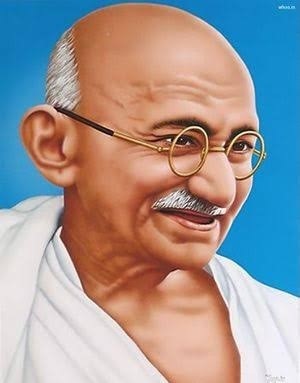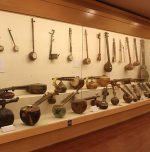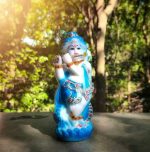Explore Centuries of History at the Gandhi Centenary Museum

The Gandhi Centenary Museum in Karimnagar, right across from the bustling bus station, offers a direct path to the past.
Opened in 1969 and managed by the Department of Heritage, it’s packed with over 1,000 pieces that cover everything from ancient fossils to relics from more recent history.
Visitors can step into different eras, viewing artifacts like terracotta beads, iron objects, and coins collected from local excavations and ancient temple sites.
Each gallery tells a story. One section displays an 18th-century ‘Panchaloha’ cannon, while another features a stone inscription dating back to 1171 CE, laid by a minister of the Kakatiya ruler Rudradeva.
There’s also a rare stupa panel from the 2nd century CE and weapons used by the Qutub Shahi and Asaf Jahi dynasties, adding layers to the region’s history.
One of the museum’s gems is a massive brick from the Satavahana period, measuring 56 x 27 x 7 cm, along with 2.5-million-year-old fossils that give a glimpse into prehistoric life.
Another highlight is a copper plate inscription from a soldier loyal to the Kakatiya queen Rani Rudrama. The open area even has a stone inscription in Brahmi script from the 1st–2nd century CE.
For those curious about the Telugu language, the museum offers a board showing how the script evolved from the 3rd century BCE to the 16th century CE, a valuable tool for students and researchers.
The Heritage Department continues to add to the collection, preserving any artifacts uncovered during construction projects in the area.
According to assistant director Naini Sagar, the museum serves as a learning hub, with items regularly sent from the department’s head office. For history buffs and students alike, this museum is a local treasure trove of knowledge.
Image Credit: Rudreshnnjadav, CC BY-SA 4.0, via Wikimedia Commons
Image Reference: https://commons.wikimedia.org/wiki/File:Mahatma_Gandhi_photo.jpg










Leave a Reply